Sintra’s Palacio da Pena (or Pena Palace) is one of the most curious and beautiful castles I’ve been lucky to visit. This Portuguese token of Romanticism is on a mountain and looks like it stepped right out of the pages of a fairy tale book. Its striking shades of red and yellow and its facade’s intricate and ornate details make it an instant eye-catcher. During my visit, a dense fog surrounded the palace, giving it an even more ethereal and mystical vibe.
In this post, I will take you through the opulent rooms of one of Europe’s most stunning castles. Please keep reading to visit Sintra’s Palacio da Pena‘s past and breathtaking architecture with me virtually.
What You Need to Know Before Visiting the Palacio da Pena in Sintra
The history of Sintra’s fairytale palace

The Palacio da Pena is a Romanticist castle on top of a hill in the Sintra Mountains. The palace, which sits at an elevation of 1574 feet (480 meters), dates back to the 19th century, under King Ferdinand II‘s commission. The history of this castle begins with the monastery on its site in 1493, which was bestowed to the Order of Saint Jerome. However, the original structure was reduced to ruins following an earthquake in 1755.
King Ferdinand II acquired the former monastery and its lands in 1838. He planned to build a summer palace incorporating the monastery’s remains. The construction took place between 1842 and 1854, representing Ferdinand’s interest in art and his love for Romantic architecture.
Following Ferdinand’s death, the palace passed through several hands before becoming the property of the Portuguese state in 1889. Eventually, it also gained the national monument classification. It is one of Europe’s finest testaments of 19th-century Romanticism and has been on the list of UNESCO’s World Heritage Sites since 1995. It appears on the list under the “Cultural Landscape of Sintra” classification, which also includes the Quinta da Regaleira.
Palacio da Pena remains one of Sintra’s most prominent landmarks to this day and continues to be an example of Portugal’s Romantic architecture. The original furnishings and artifacts from King Ferdinand II’s collections are within its walls.
Exploring the Palace’s Exterior
Architecturally, the palace presents a mix of styles influenced by Gothic, Renaissance, and Manueline motifs. Yet, uniformity and symmetry are notably absent from the design, replaced by intentionally excessive forms and decorations.
The Palacio da Pena’s exterior stands out for its vivid colors. The walls showcase striking shades of red and yellow and have more than aesthetic purposes. These colors also indicate functions within the building. Red hues mark parts of the palace associated with the old monastery‘s structures, while yellow suggests new areas built during King Ferdinand’s reign.
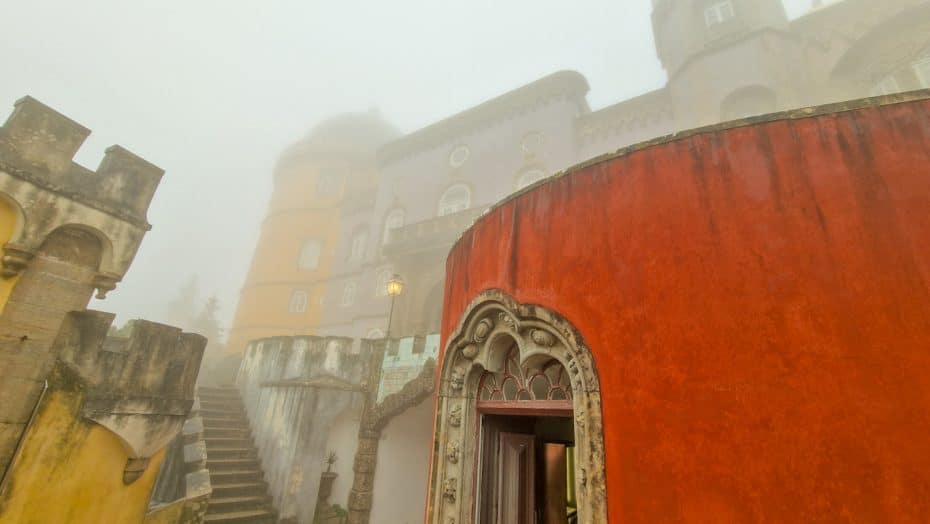
On the façade, you will find elaborate window frames and balconies with intricate stonework that exhibit Manueline traits. This Portuguese architectural style usually has maritime elements reflecting Portugal’s naval explorations during the Age of Discoveries. The palace’s exterior also features many sculptures of mythological figures, lending an additional layer of symbolism to the structure.
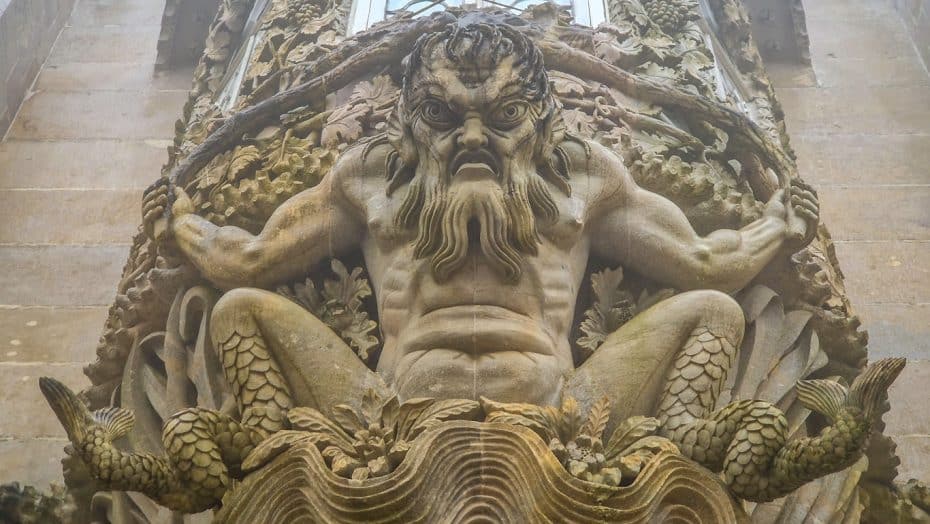

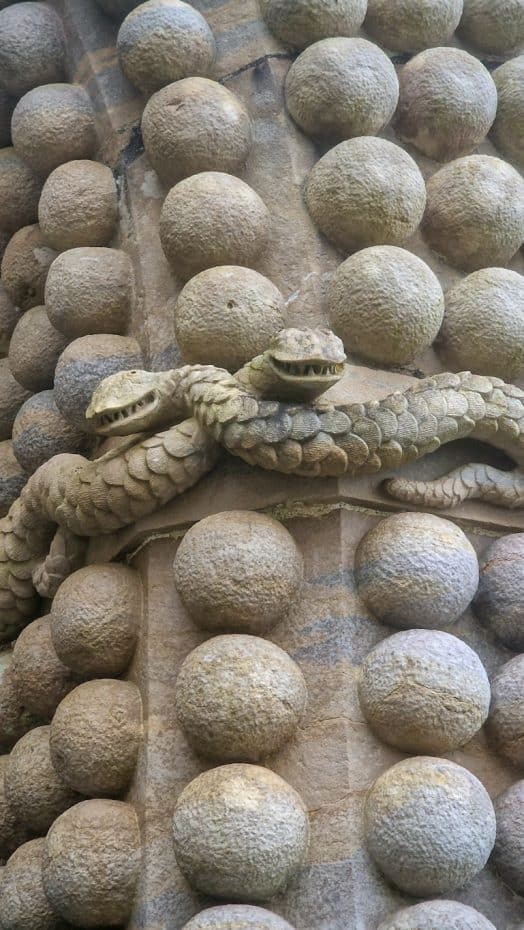
The use of such symbols extends to iconography representing Portuguese historical identity and pride. The cloisters from the original monastery now serve as an open-air courtyard from which you can see the stunning surrounding landscapes.
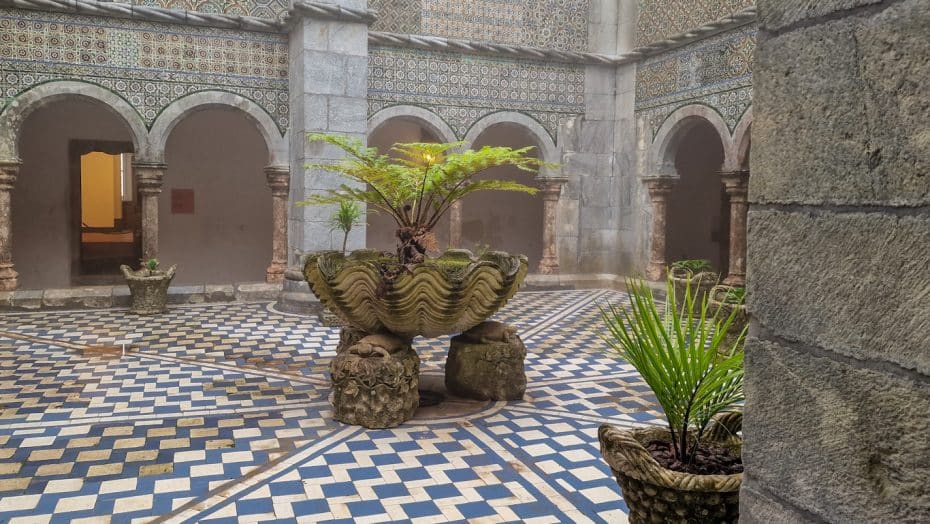
Some believe Palacio da Pena inspired Walt Disney while creating Cinderella’s castle. But, although the architectural styles are similar, the more subdued colors of Cinderella’s castle make it hard for me to see it in the same category. Feel free to comment if you believe I’m wrong/blind. However, articles online say that Disney’s inspo came from Ludwig’s Neuschwanstein in Germany, and I lean more toward that as the original.
Palacio da Pena’s Interior Wonders
When you walk through the palace’s interiors, which, trust me, is worth it, the rooms unfold with elaborate decorations and furnishings.

Specifically, the Anteroom of the Council Chamber, known as the Arab Room, showcases Islamic architectural details reminiscent of Moorish designs. The walls in this gorgeous room display geometric patterns, with meticulously crafted ceilings.
In contrast, the Queen’s Chamber has a more straightforward aesthetic, with conventional 19th-century decor reminiscent of alpine chalets. This room, dedicated to Queen Maria II, also showcases conventional furniture pieces from the era.
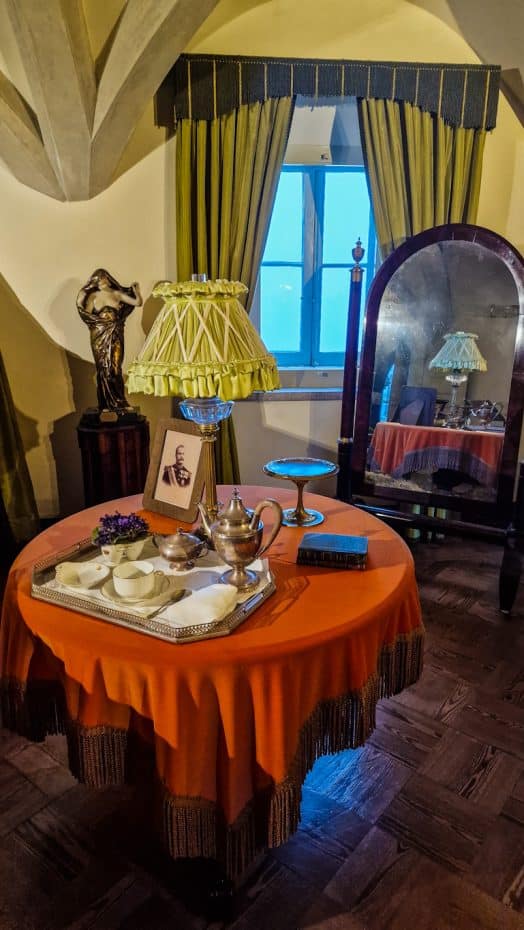
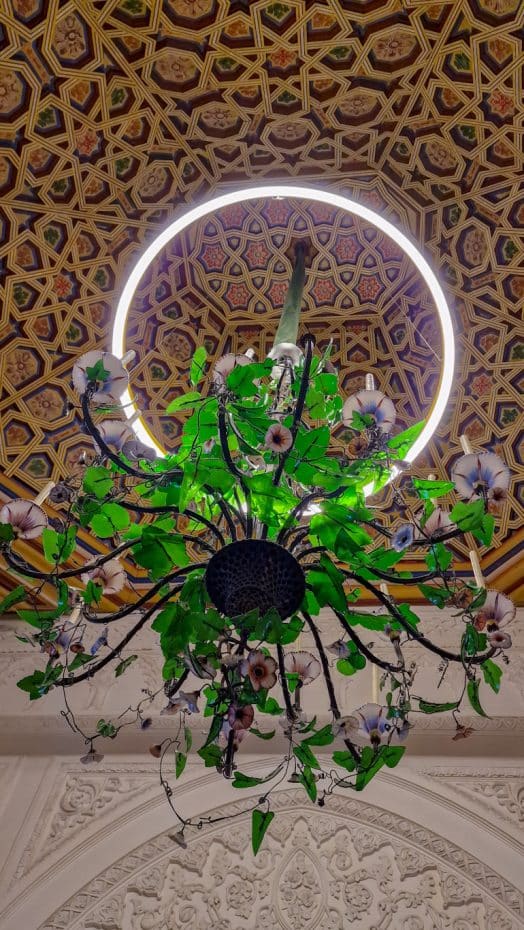
Art across the Palacio da Pena includes a collection of English stained glass windows installed during Ferdinand’s reign. Likewise, you can also see Portuguese azulejos (ceramic tiles) dating from the 15th and 16th centuries, decorating exterior and interior walls.
Another central space within the palace is The Great Hall, which has remained unaltered since its inauguration.

The colossal kitchen also impressed me while simultaneously making me never want to cook for that many people. Ever. You can also see a chapel inside the palace.
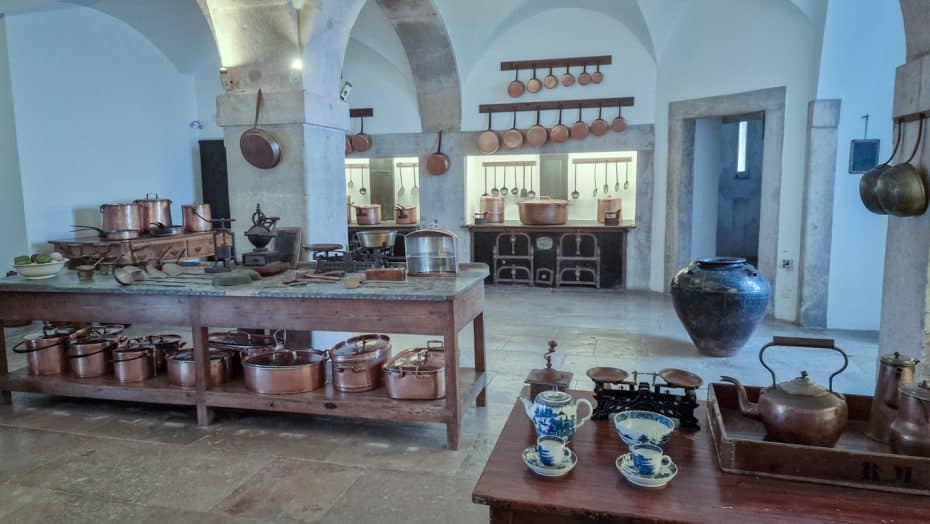

The palace was declared a National Monument in Portugal in 1910. Its historic gardens are also among the Cultural Routes of the Council of Europe.
Planning Your Visit to Palacio da Pena in Sintra
Sintra is in the Lisbon District of Portugal, and the best time to visit this charming town is during spring (March-May) and autumn (September-November). These periods have mild weather conditions, reduced precipitation rates, and fewer crowds than the high summer season. However, I do have to warn you: Rain is common in Sintra, and so is the fog, so getting excellent pictures of the castle can be a challenge.
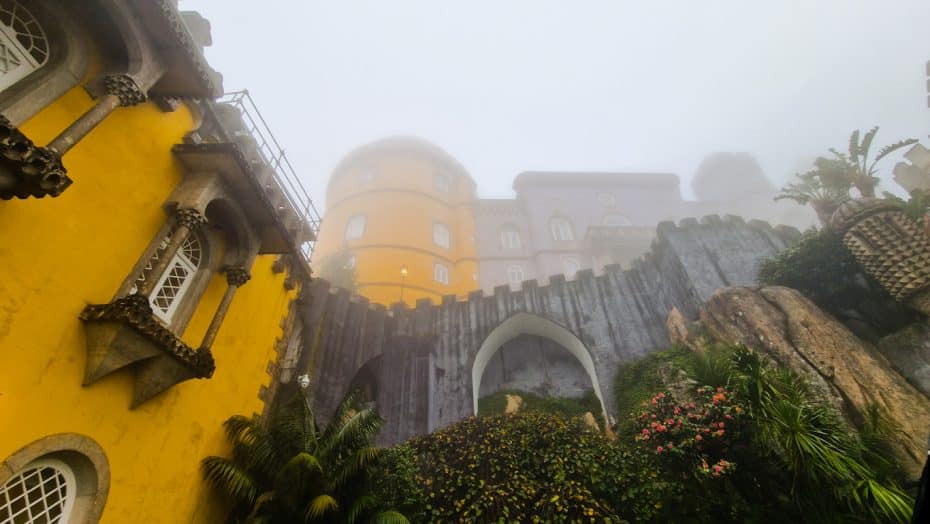
The Palacio da Pena is accessible from Sintra’s historical center via several means. The Scotturb bus line 434 provides a loop service connecting the train station and the town center and continuing to Moors Castle and Palacio da Pena. Alternatively, if you’re into hiking, you can also go for a 26.9-mile (4.5-kilometer) hike from Sintra’s center to Palacio da Pena. This trail will take you through the forested parklands, allowing you to observe the local flora and fauna.
You can reach Sintra by train from Lisbon’s Rossio or Oriente stations, and trips typically last between 40 and 45 minutes. The town’s train station is within walking distance of the historical center. Hence, you can visit this town on a day trip from Lisbon.
You can buy tickets to the Palacio da Pena online to avoid waiting in line when you get there. You can also book a tour of the palace, which includes a visit to the nearby chic coastal town Cascais and Cabo da Roca, continental Europe’s westernmost point.
For more information, please visit the palace’s official website.


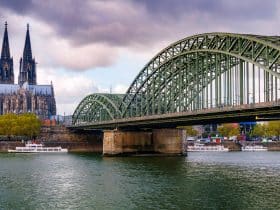

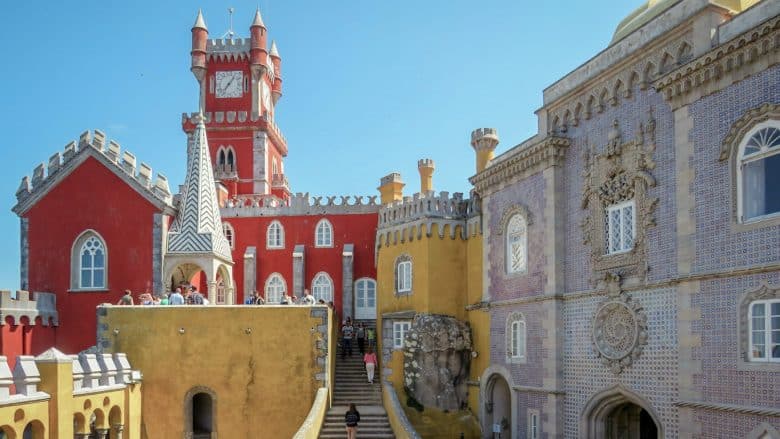
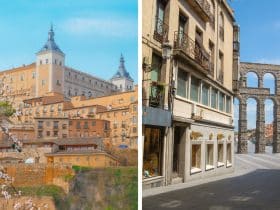
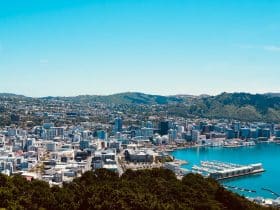

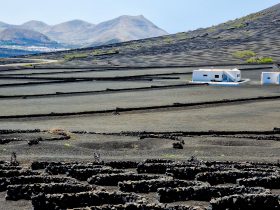

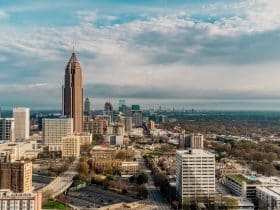


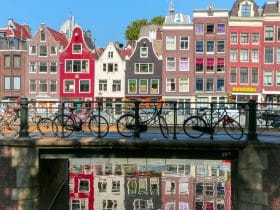




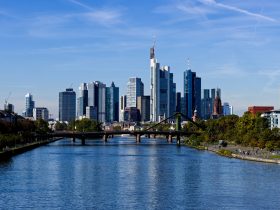



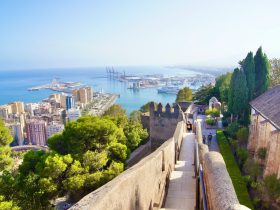

Leave a Reply
View Comments